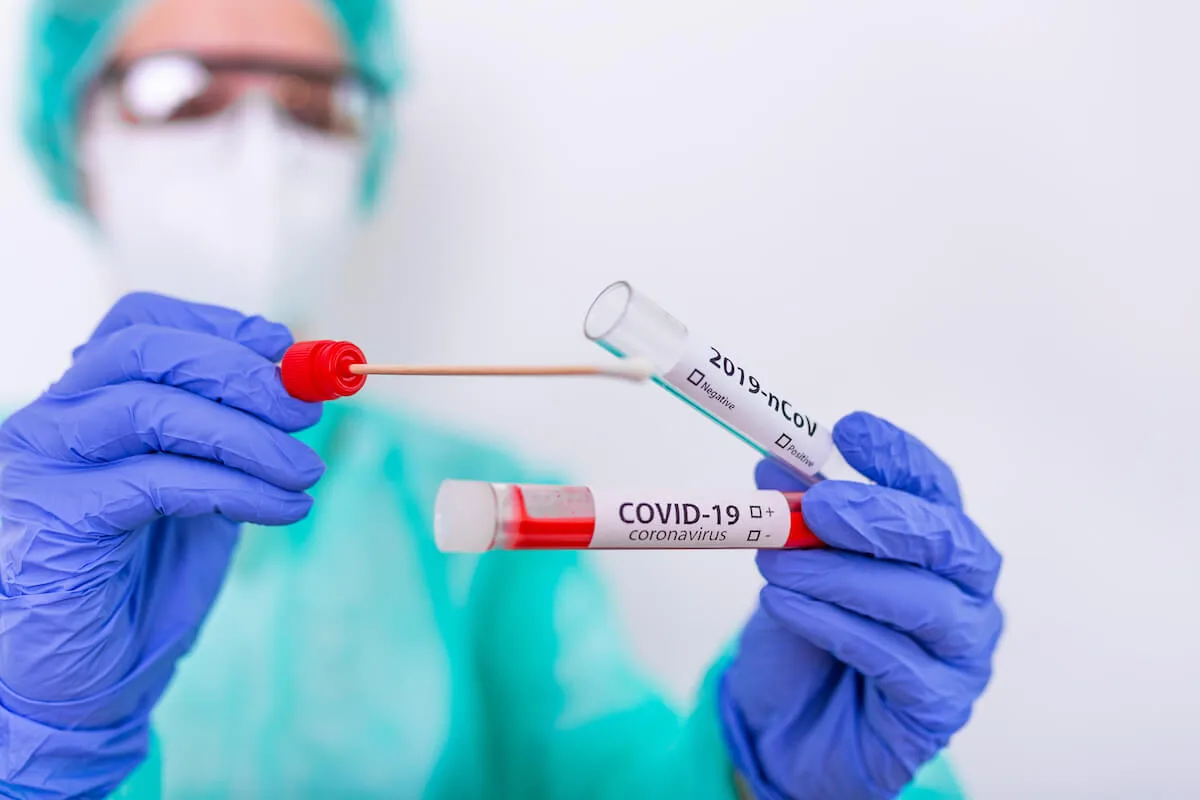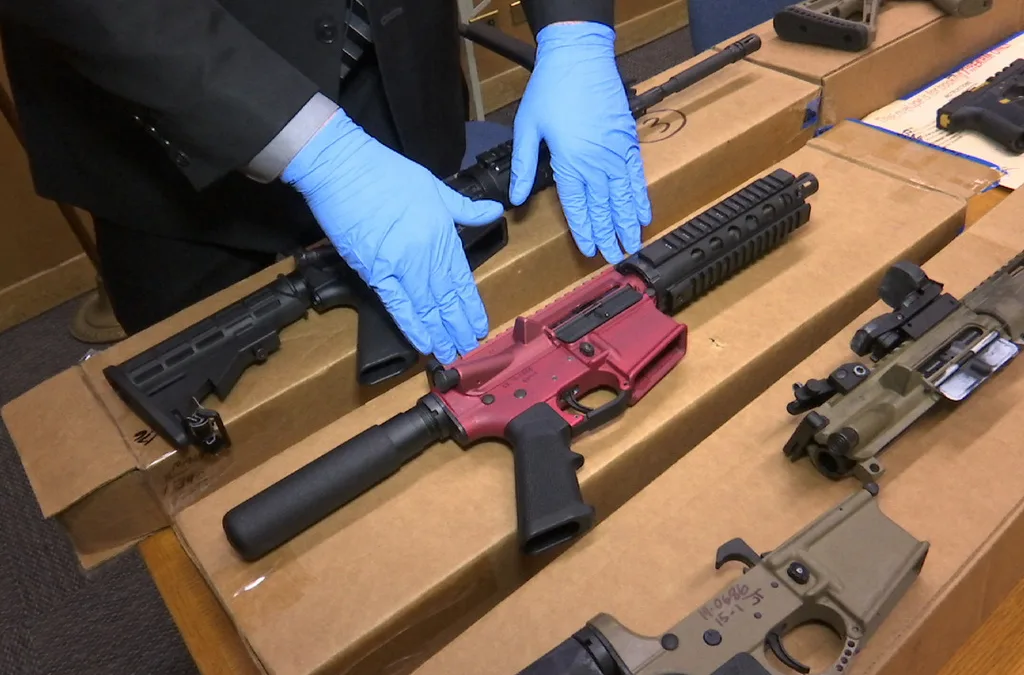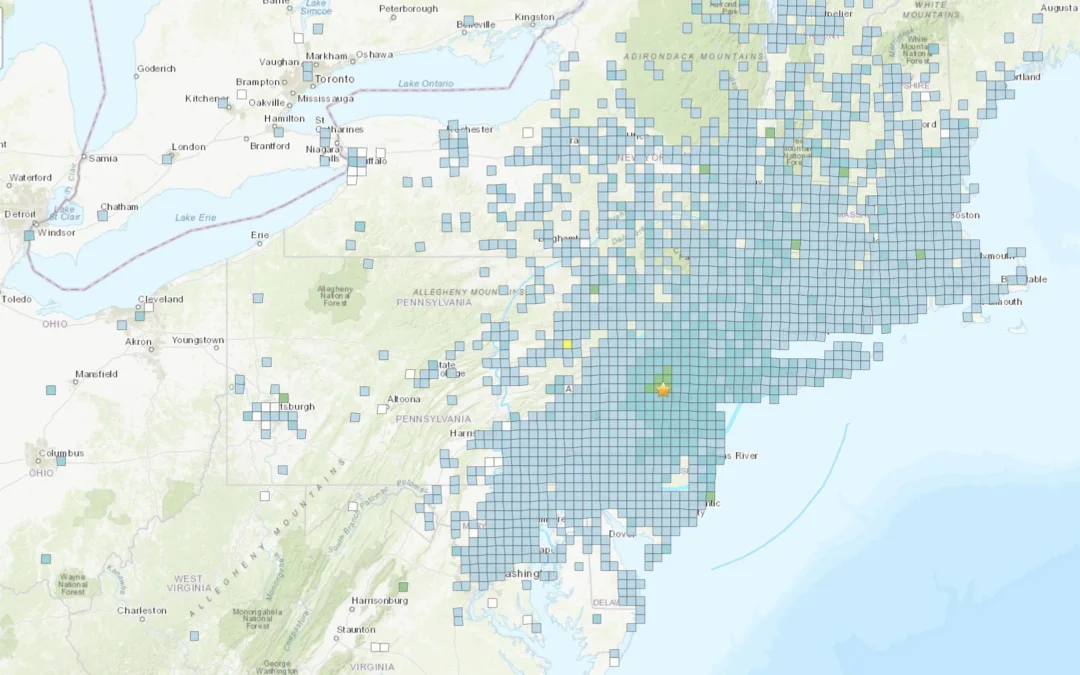
Image via Shutterstock
If I hadn’t been symptomatic, our whole family would have had no idea we were exposed, and could have easily continued going to the grocery store and other public places, infecting others.
Many people pay a lot of attention to the official reported number of confirmed coronavirus cases in their county. A low number, of course, means the disease hasn’t saturated the local community. It’s comforting, that low number.
After I tested positive for the virus, though, I realized that those documented numbers reveal far less than you would think.
As a freelance writer, I have worked from home for two years. I began practicing social distancing weeks before Pennsylvania instituted its stay-at-home order. Lycoming County, where I live, is located between central and northeast Pennsylvania. It’s home to small towns, the Little League World Series, and breathtaking mountains and hiking trails. Here, it’s easy to get outside while maintaining quarantine.
My husband, however, does work in an office building. His last day in the office was March 17 before he started working from our spare bedroom.
Four days later, I started experiencing a dry cough and shortness of breath. At first, I brushed it off, hoping it was in my head. As the symptoms got worse, though, they became impossible to ignore.
On March 23, I called Geisinger Medical Center’s 24/7 COVID hotline, hoping for some guidance on whether I should get tested for COVID-19. As an asthma sufferer, I was nervous at the thought of contracting the virus, but I wasn’t sure if they would test me since I only had mild symptoms. I stayed on hold for about 10 minutes before leaving my number for a call back. I waited hours, and later missed their call that evening as I was putting my daughter to bed.
I was frustrated with the time it took to get through to someone on the hotline, but my symptoms were bearable and I kept telling myself it was just asthma and there was no reason to get tested. At the time, there were no documented cases in Lycoming County, and I didn’t want to potentially expose myself to the virus by going to get tested.
But I couldn’t shake the feeling that the symptoms I was experiencing were more than my asthma. Even though I never had a fever and my shortness of breath was nothing out of the ordinary for my asthma, my cough was different. I also experienced fatigue and brain fog that couldn’t be explained. While I was still able to go for walks and do light yoga, my cough was incessant.
A week later, my symptoms weren’t subsiding. After a very deep and scary cough, my husband and I exchanged knowing looks. I called Geisinger’s COVID hotline again. This time, I got through much quicker, and they scheduled a test for the next morning. The nurse on the phone told me it would likely take seven to 10 days to get my results.
RELATED: Pennsylvania Is About to Reopen Without Mass Testing Capacity
The testing center was located in the back of a small Geisinger clinic. I was the only patient there, and I didn’t touch a single thing in the building—they didn’t even have me sit down for my test. I stood in the middle of the room while they swabbed one nostril for about five to 10 seconds. The test didn’t hurt, but it was uncomfortable and made me feel like I had to sneeze (which I very consciously did not do).
I was in and out of the clinic in less than five minutes, and before I left, I again asked about the timing of the results. This time, I was told that they are supposed to take three to five days, but they often take longer. While many hospitals like Geisinger and UPMC can now run tests in their own labs to deliver results in under 24 hours, those tests are typically reserved for more critical patients and hospital workers. So I went home to wait.
The next weekend, a Geisinger nurse called and left a message, asking me to call her back on her personal cell phone. I knew then that my COVID-19 test results were positive; the nurse confirmed when I called her back. She added that people with negative results typically have to wait longer to find out, but they call patients who are confirmed to have the coronavirus as soon as they can.
By the time my results were officially documented, three weeks had passed since I first started showing symptoms.
March 17 is the day I believe my husband brought the virus home from work. Although he didn’t have any symptoms, my daughter and I hadn’t gone anywhere public for two weeks at that point. My daughter is almost two and had a mild rash that lasted less than 24 hours; she never got tested, but I believe that was her only symptom.
Lycoming County, however, didn’t document its first case of COVID-19 until March 24. By then, I’d already been exhibiting symptoms for four days.
When I asked the nurse on Geisinger’s COVID hotline if my husband and daughter should also be tested, she said there was no point. This is part of the problem with testing. I’m almost certain my husband and daughter both contracted the disease, but their extremely mild and asymptomatic cases will never be counted. Similarly, my husband likely caught the virus from an asymptomatic coworker—another case that will never be counted.
Without widespread testing, we will never understand how far the virus has spread and how many people have been infected.
As Gov. Tom Wolf begins to reopen Pennsylvania, the state still lacks sufficient testing capabilities. Yet the governor still plans to ease up on restrictions on May 8 in counties that continually have less than 50 new cases per 100,000 people. Under those guidelines, Lycoming County will be one of the first counties to begin to reopen.
When testing is only reserved for certain people, though, how can we really tell if there are less than 50 new cases per 100,000? As antibody testing ramps up, we’re finding that the virus might be much more widespread than we thought, which further proves that increased testing is imperative. As of May 1, Pennsylvania has tested 227,448 people, which is only 1.7% of Pennsylvania’s 12.8 million population.
When testing is only reserved for certain people, though, how can we really tell if there are less than 50 new cases per 100,000?
If I hadn’t been symptomatic, our whole family would have had no idea we were exposed, and could have easily continued going to the grocery store and other public places, infecting others. Thankfully, we’ve been isolated since my husband’s last day in the office, ordering grocery delivery and only going outside in our secluded yard. I’m confident we didn’t pass the virus to anyone outside our home.
As the numbers in each county continue to rise, that certainly is cause for concern, but it’s important to realize that those numbers do not accurately reflect just how far the coronavirus has spread. Not only do we need to test more people to get an accurate picture, but we also need to get results faster. By the time my case was reported, it had been 15 days since my first symptom, and both the nurse from Geisinger and the state Department of Health told me that I was no longer contagious.
My symptoms have now cleared up, but I’m not reported as a recovered case in Pennsylvania because the state is not tracking nor reporting recoveries.
As of May 1, Lycoming County has 71 reported cases, but it remains to be seen how many of them are still active, how many positive tests are still sitting in a lab waiting to be run, and how many active cases will never be tested.
Politics

2 top US gun parts makers agree to temporarily halt sales in Pennsylvania
Philadelphia filed suit against Polymer80 and JSD Supply last year, accusing the manufacturers of perpetuating gun violence by manufacturing ghost...

It’s official: Your boss has to give you time off to recover from childbirth or get an abortion
Originally published by The 19th In what could be a groundbreaking shift in American workplaces, most employees across the country will now have...

Biden talks economic and tax plans in Scranton
President Joe Biden traveled to Pennsylvania on Tuesday and framed the 2024 election as a choice between Scranton values and Mar-a-Lago values....
Local News

Railroad agrees to $600 million settlement for fiery Ohio derailment, residents fear it’s not enough
Norfolk Southern has agreed to pay $600 million in a class-action lawsuit settlement for a fiery train derailment in February 2023 in eastern Ohio,...

4.8 magnitude earthquake centered in New Jersey felt across Pennsylvania Friday morning
According to the U.S. Geological Survey, the quake’s impact in Pennsylvania was primarily felt in the eastern part of the state, though the...





